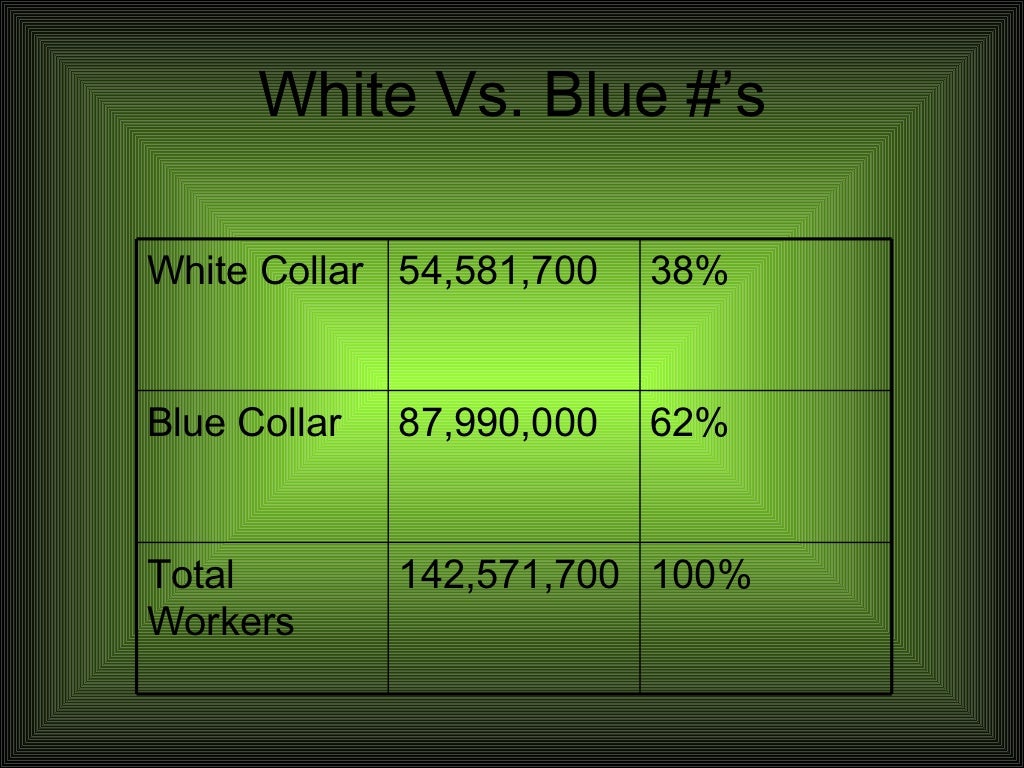

For advisors, this may not be new information but Soria pulls it all together into a well-documented “state of the union” summary upon which she builds in the following chapters. It’s a deft summary of everything that can and does go wrong for these students. Soria details the structural barriers for working class students to even get to universities in a chapter that looks at factors like their precollege academic preparation, how they choose where to go, the admissions and financial aid policies and practices of the institutions, and the outcomes likely to be produced. For working-class students to succeed, institutions have to make class visible and begin the work to uncover and eradicate class bias in daily practices, both in and out of the classroom. She draws on the work of Pierre Bourdieu and his concepts of social and cultural capital to demonstrate how the social system of the modern university reinforces inequality as it privileges middle- and upper-class cultural values, norms, and perspectives.

More importantly, however, she tackles the question of what can institutions of higher education do to improve success for these students.
#Blue collar vs ivory tower series
In this first volume for a new series for the National Resource Center for the First-Year Experience and Students in Transition, Krista Soria provides a well-written and comprehensive look at the scholarship surrounding working-class student success in higher education. More “blue-collar scholars” are needed to attain the national goal, yet considerable research has shown that students from working-class backgrounds are significantly less likely to earn a college degree than their more privileged peers. Reaching this college completion goal, however, will require broader access to a college education than the traditional population of students served. By 2020, they want the United States to again top the world for overall proportion of college graduates in the population. 2013.In recent years, national policymakers have set an ambitious goal for the country. “Of Blue Collars and Ivory Towers: Women from Blue-Collar Backgrounds in Higher Education.” Rooper Review 18:1 (1995): 27-33. “What’s a Nice Working-Class Girl Like you Doing in a Place Like this?” Working Class Women in the Academy: Laborers in the Knowledge Factory. Eds. However, working-class academics can use their “‘outsider within’ status to challenge the institution….” (Gardner, p. This topic is significant because class oppression-like racial and gender oppression-is real within the Ivory tower. For those from traditional, blue-collar families, this may mean choosing a life a scholarship that is far removed geographically-and ideologically-from their communities of origin. The term “success” is defined differently in each world, with success in academia often marked by “separateness and alienation from the working-class world of one’s roots” (Gardner, p. Many working-class academics from blue-collar families of origin straddle two worlds, never quite assimilating into either. One study stated that, in particular, “Women from blue-collar backgrounds in higher education experience a profound sense of not belonging, of being an ‘outsider within’ the academy” (Miller and Kastberg, p. Sadly, the social constructs of class, race, and gender can strongly influence one’s career trajectory in academia.
#Blue collar vs ivory tower full
The conferral of a doctoral degree indicates full membership n the academic community, right? But what if you are a first-generation academic-perhaps the only member of your family to earn a graduate degree and then secure a faculty position? Although support services abound for first-generation undergraduate students who often struggle financially, academically, and socially in college, no such services are in place for working-class academics.

This panel discussion will focus on the construct of class within academia, the intersection of class with gender and race, and the lived experiences of working-class academics. Do you have working-class or blue-collar roots? Are you a first-generation academic? If so, you are invited to share your insights.


 0 kommentar(er)
0 kommentar(er)
